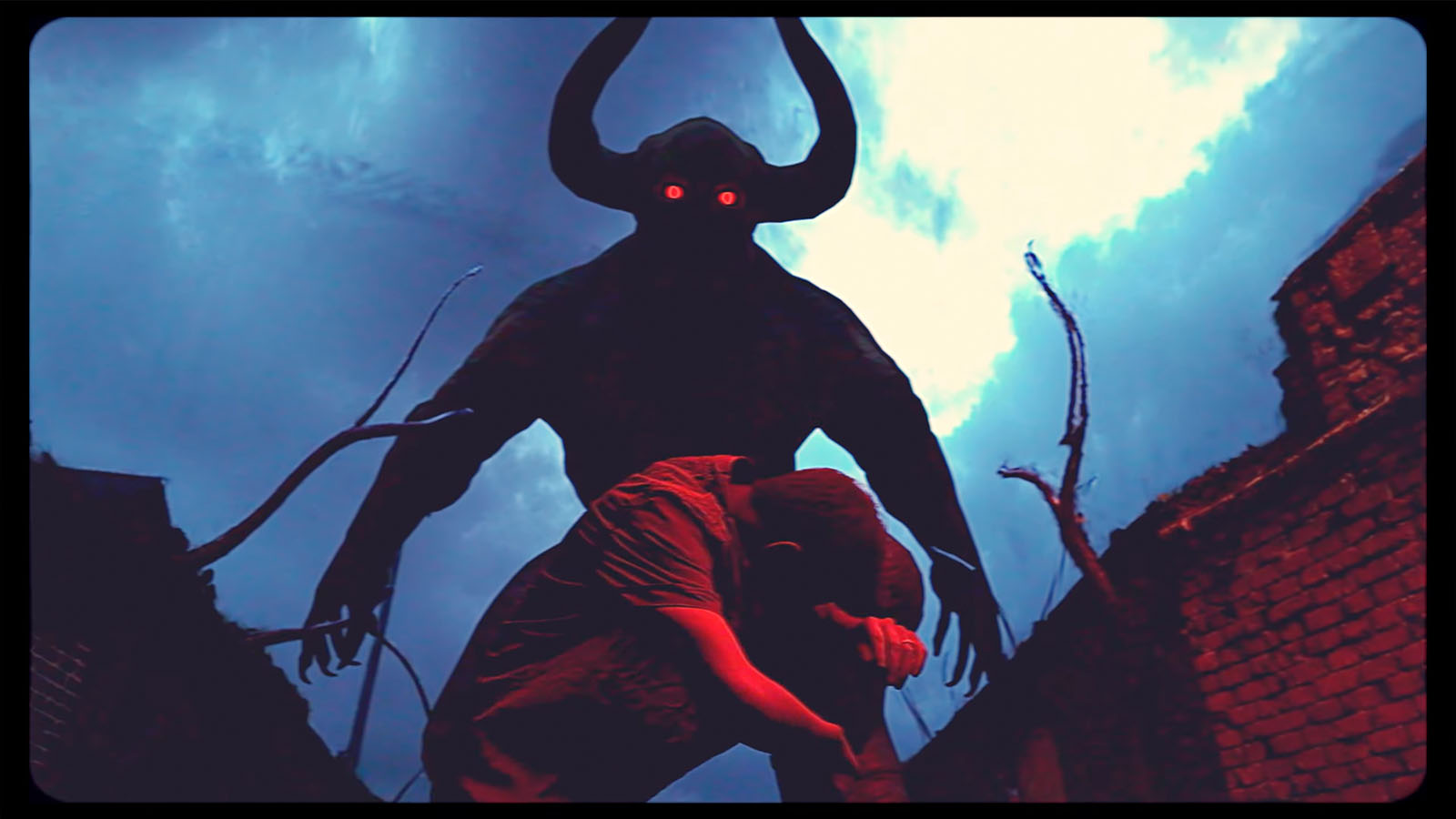Why AI game art is a fool's errand
AI is everywhere, and it's in many of the games we know and love today. According to GDC's 2024 State of the Industry survey, 49 per cent of developers are experimenting with AI tools, in the areas of art and prototyping in particular.
And some of the big players in game development have committed to adopting AI into game development.
While we all know that using AI can save time, and it follows, money, that doesn't always make using it worth it. A recent piece by Denys Kliuch on Forbes explains why this approach is potentially a fool's errand.
He points to common pitfalls when AI is used to make video games, including anatomical errors – the classic six fingers, distorted limbs or unnatural poses, style inconsistencies and generic results that don't stand out. These often lead to player backlash. When the art goes wrong it can compromise the whole game, even if you have the best game mechanics and world building technology allows.
Destroyed reputations

Why may using AI not be worth it? First off, using AI can destroy reputations. When players spot telltale signs of AI popping up in their favourite games, they usually take to the likes of Reddit to tell the world about it. And the gaming press usually picks up on it too.
That's what happened when Call of Duty: Black Ops 6 introduced new loading screens, created with the help of AI. One image featured a zombie Santa Claus with the classic AI sign – six fingers. This generated a lot of heat on Reddit and the whole thing was frankly embarrassing for Activision.
"Even for the most valuable franchises in the world, the reputational damage can outweigh the cost savings," says Denys, who goes on to say: "The message from the community is clear: Shortcuts in art are instantly visible, and they can erode trust."
Daily design news, reviews, how-tos and more, as picked by the editors.
When to use AI
Denys says that AI can be valuable, in particular in the contexts of pre-productions – looking at mood boards and exploring concepts – prototyping, for exploring early ideas and brainstorming. He notes AI is good for exploring "wild card" ideas before committing the time of artists.
He does not recommend using AI in final production art as these elements demand consistency, storytelling and emotion that AI "simply cannot deliver". These assets are vital because they make up how players experience a game. "Think of AI as a brush, with artists as the painters," he says.
Overall, using AI in game creation is a risky business that should be handled with extreme care. When it comes to creating worlds that players will connect with, art is the most important element and the way that players will connect with the characters and the stories. When you take shortcuts with AI, you're running the risk of damaging that connection, and the costs may well outweigh the monetary savings.
When you use AI smartly, it can speed things up before you get into production, freeing up artists to concentrate on doing what they do best: creating great art that will connect with audiences.

Rosie Hilder is Creative Bloq's Deputy Editor. After beginning her career in journalism in Argentina – where she worked as Deputy Editor of Time Out Buenos Aires – she moved back to the UK and joined Future Plc in 2016. Since then, she's worked as Operations Editor on magazines including Computer Arts, 3D World and Paint & Draw and Mac|Life. In 2018, she joined Creative Bloq, where she now assists with the daily management of the site, including growing the site's reach, getting involved in events, such as judging the Brand Impact Awards, and helping make sure our content serves the reader as best it can.
You must confirm your public display name before commenting
Please logout and then login again, you will then be prompted to enter your display name.
